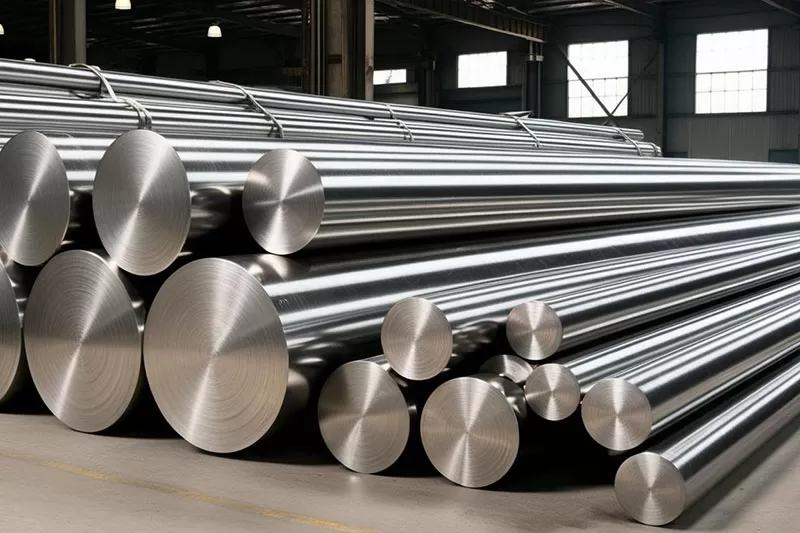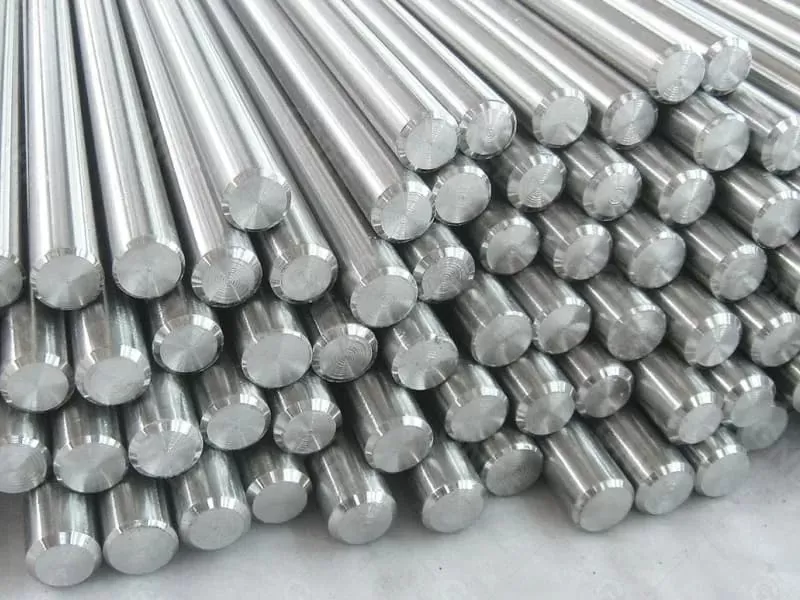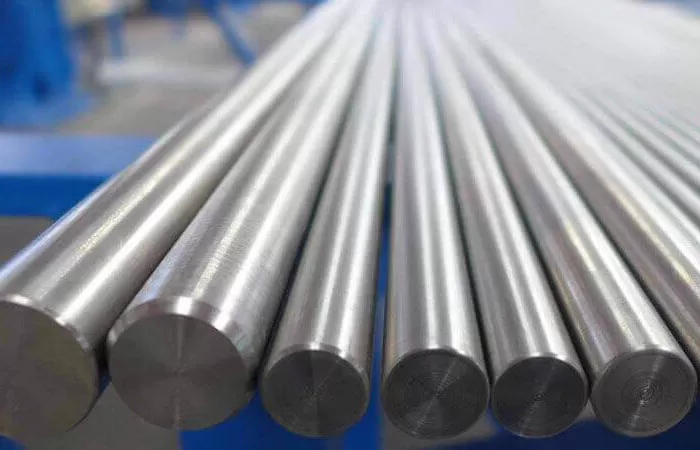
The Polish steel industry is currently facing a series of challenges, marked by declining domestic production and a growing reliance on imports. In the first eight months of 2024, imports accounted for 82% of the country's apparent steel consumption. Domestic producers are grappling with high energy costs, which are eroding their competitiveness, while distributors increasingly turn to Asian imports to meet domestic demand at favorable prices. Despite these challenges, Poland remains a significant market with opportunities for local producers to reclaim their position. The reopening of Huta Częstochowa is seen as a potential first step in this direction.
Current Trends in Steel Consumption
Steel consumption in Poland has shown mixed signals in 2024. While there has been an 8% year-over-year increase in consumption so far this year, this figure is influenced by a low base effect. In August, consumption fell below 1 million tons per month for the first time this year, signaling a potential decline. Since mid-2023, prices in the Polish steel market have been on a downward trend, inventory levels remain high, and the rising costs of production continue to pressure business profitability.
Macroeconomic factors also contribute to the challenging landscape. Poland’s GDP growth is projected to dip below 3% by the end of 2024, which is expected to reduce steel consumption growth from its current 8% rate. These factors underscore the need for strategic interventions to stabilize the market.
Sector-Specific Performance
The performance of steel-consuming industries in Poland varies. In the residential construction sector, activity surged earlier this year but has since stabilized. In September, building permits declined by 1% year-over-year, and the number of construction starts rose only by 1%. However, declining sales among major developers—down 12% in the first three quarters of 2024 and 44% in the third quarter alone—highlight the stagnation in the market. High inventory levels, coupled with uncertainty around government housing programs and reduced housing loans, are further dampening investor confidence. This stagnation poses significant risks to the steel industry, as fewer construction projects reduce demand for steel products.
Non-residential and engineering construction sectors are faring worse, with declines of 13% and 8%, respectively, in the first three quarters of 2024. One positive development is the increasing, albeit slow, pace of contracting EU funds from the 2021-2027 budget. The nearly three-fold increase in the National Recovery and Resilience Plan (NRRP) budget set for 2025 also offers a glimmer of hope for infrastructure development and steel demand.
The Role of Imports in the Polish Steel Market
Poland's reliance on steel imports remains significant. In January through August 2024, imports constituted 82% of all finished steel consumption. The dependency is particularly pronounced in certain segments: flat products accounted for 95% of imports, while pipes and tubes stood at 94%. By contrast, long products, which dominate domestic steel production, had a relatively lower import share of 57%.
Imports from Asian countries, though not yet dominant in terms of volume, are growing rapidly. Deliveries of hot-rolled products from Indonesia increased by 140% year-over-year, while cold-rolled sheets from Japan rose by 160%. Coated sheet imports from South Korea and India also saw significant growth, rising by 91% and 113%, respectively, in 2024. Despite these increases, the European Union remains Poland’s primary steel supplier, with Germany playing a dominant role. Ukraine also remains a key non-EU supplier.
Impact of Asian Imports
Asian imports pose a growing challenge to domestic steel producers. While their overall market share is still limited, their rapid growth indicates increasing competition, particularly in flat products. The affordability and availability of Asian imports provide distributors with attractive alternatives, making it harder for domestic producers to compete. Additionally, products based on Russian slabs, while not widely imported directly to Poland, continue to circulate in the European market, further complicating the competitive landscape.
Opportunities for Polish Steelmakers
Despite these challenges, there are opportunities for Polish steelmakers to regain market share. To achieve this, systemic changes are required, particularly in energy costs, which remain a significant burden for domestic mills. Competitive domestic production is essential to stabilize prices and supply chains, reducing dependency on imports.
The disparity between production and consumption structures also needs to be addressed. Poland primarily produces long products but consumes flat products in higher quantities. Bridging this gap could help reduce the reliance on imports. Moreover, stronger domestic suppliers can play a critical role in stabilizing market dynamics.
Prospects for Huta Częstochowa
The anticipated reopening of Huta Częstochowa offers a promising opportunity for the Polish steel industry. The plant, which has faced a turbulent history, is expected to resume production in 2025 under the ownership of Węglokoks. Its production profile aligns with domestic market needs, especially in flat products where imports dominate. However, rebuilding its market position will require overcoming competition from well-established players like Vitkovice Steel.
Poland's steel plate market, with an annual consumption of approximately 1 million tons, offers significant potential for Huta Częstochowa. End-users in construction, shipbuilding, energy, machinery, and mining are present, though they face their own challenges. Expanding production for military applications could further boost the domestic market, as current investments in armaments largely favor foreign suppliers.
The Polish steel market is at a crossroads, facing challenges from high import dependency, rising competition from Asian suppliers, and macroeconomic pressures. However, opportunities exist for domestic producers to reclaim their position, particularly through strategic investments, systemic reforms, and enhanced competitiveness. The reopening of Huta Częstochowa could mark the beginning of a more resilient and self-reliant Polish steel industry, provided it can navigate the complexities of the current market. To achieve sustainable growth, industry stakeholders must address structural inefficiencies and foster a competitive environment that supports domestic production.

2025-12-11 16:42:29

2025-11-19 14:09:22

2025-11-07 17:27:49

25th floor, C3 Building, Wanda Plaza, Kaifu District, Changsha, Hunan Province, China